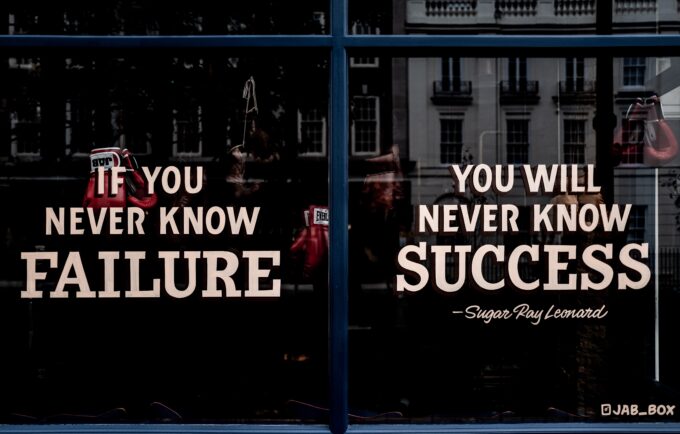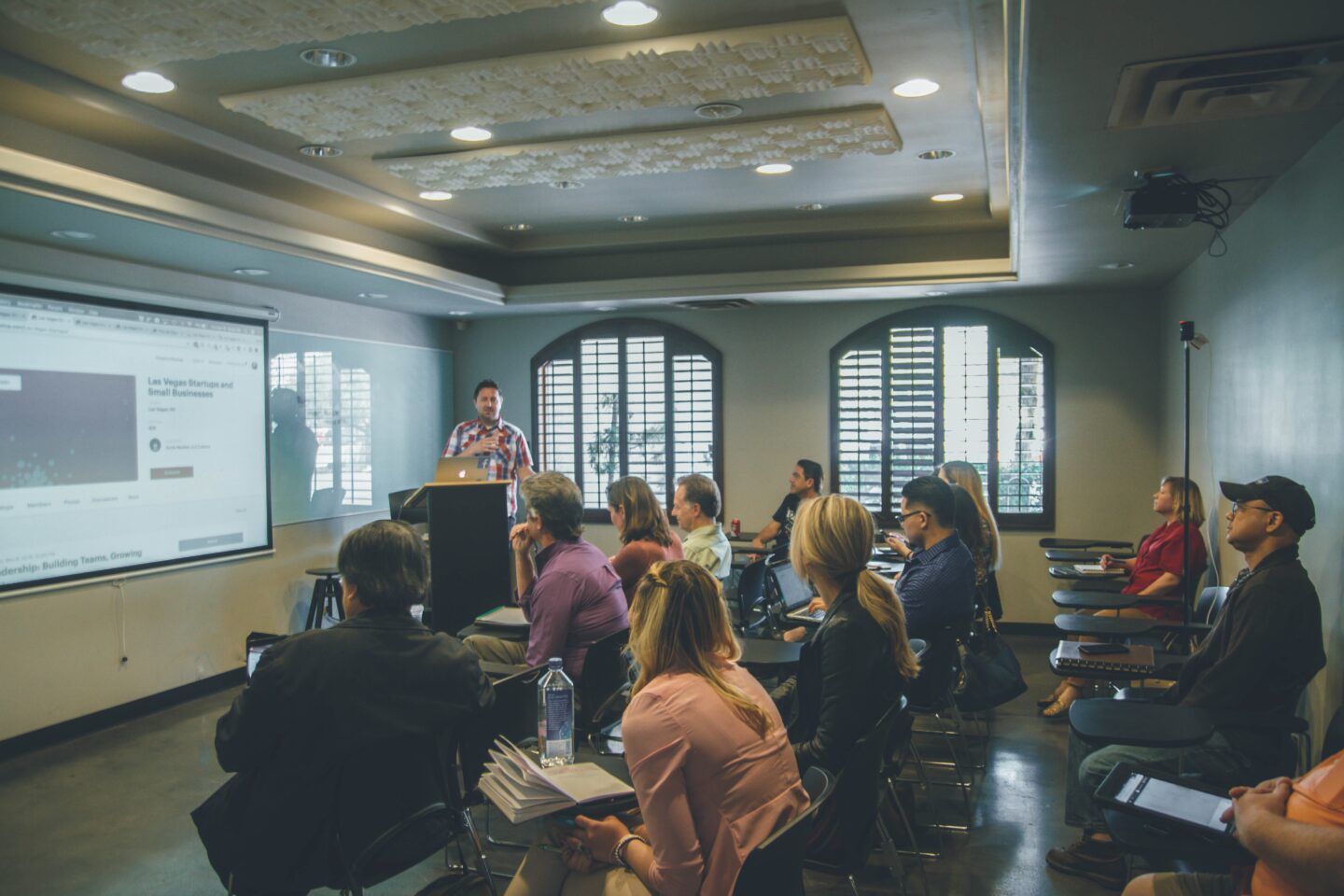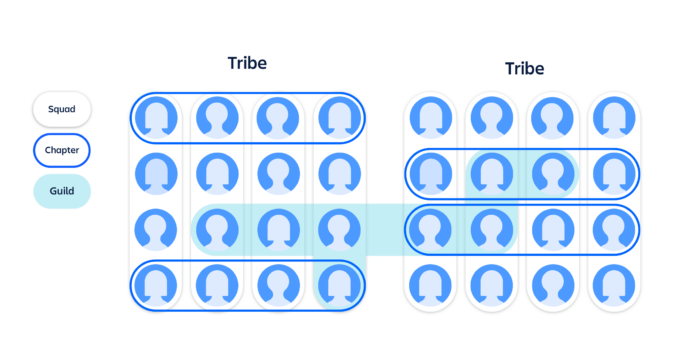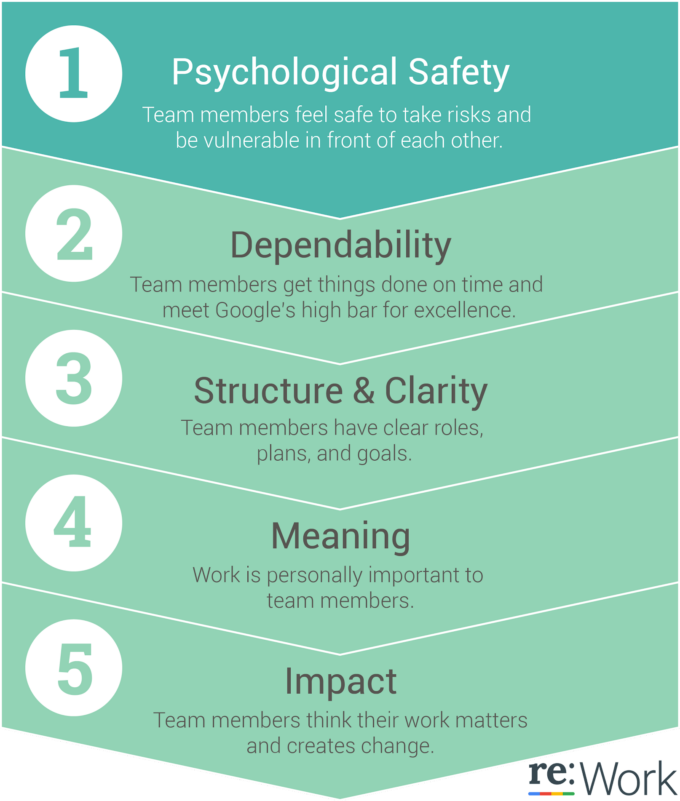
How to manage power dynamics in high-stakes negotiations
Former FBI agent Joe Navarro explains how to leverage non-verbal cues, manage power dynamics, and build trust to overcome deadlocks in negotiations....

by Louise Muhdi Published August 1, 2023 in Management • 9 min read
As I reflect on my experiences in supporting various organizations on their transformation journeys, I firmly believe that adaptability is rooted in a culture of continuous learning.
Learning serves as the foundation for adaptability, empowering organizations to cultivate a curious mindset that seeks new knowledge, experiments, explores alternative approaches, and embraces change in a VUCA world. By actively fostering a culture of continuous learning, organizations can equip their workforce with the environment and tools necessary to help them thrive through the unknown, identify urgent problems, take calculated risks, experiment, and embrace failure to find creative and innovative solutions to emerging challenges, seize opportunities, and contribute to building a competitive edge. Curiosity and learning become the fuel that propels adaptability, positions organizations at the forefront of transformation, and drives long-term value creation and sustainable growth.
Based on my observations working with executives across industries, I believe that organizations must actively embed a more fluid, nimble, and responsive approach that is built on this culture of continuous learning. In this article, I propose five steps to help your organization transform into a dynamic learning entity.
According to research by McKinsey, only 40% of companies say they align their learning strategy with business goals, meaning that, for two out of three businesses, learning has no clear connection to business goals. Continuous learning on the job ensures individuals stay up to date with industry trends and advancements, adapt to changing work environments, and remain competitive in their careers. To build a learning organization, start by aligning learning initiatives with your strategic goals. This creates a purposeful approach to organizational learning.
Develop a shared vision so that employees understand and embrace the organization’s strategic direction. This clarity guides individuals and teams towards desired outcomes, boosting their motivation and engagement in the learning process. Additionally, allocate resources to critical processes that align with strategic priorities. By investing in areas such as sustainability, efficiency, digitalization, new product development, safety, and quality, organizations prioritize learning that directly supports long-term objectives. This targeted investment helps develop capabilities and competencies that align with the organization’s vision.

As part of its 2030 ambitions to help tackle climate change, unsustainable consumption, and inequality, IKEA has refocused its HR function and resources to become a driving strategic force in its circularity agenda. For example, IKEA has provided circular design and development training for its product designers to improve their understanding of circular design principles, recyclable materials, and how to extend product life.
Learning is everyone’s job. Gone are the days when work was solely seen as a means to learn a job. Nowadays, learning itself is the job. Learning should no longer be scheduled, but seen as an integral part of meetings, projects, and daily tasks. It must become fundamental to our roles and resilience. By integrating learning into our conversations and culture, even small changes can make a big difference in our development.
When this concept of “learning in flow” is embraced, it becomes ingrained in the rhythms, routines, and rituals of the way people work. It becomes a collective responsibility and is evident in the language used. To make learning in flow a reality, consistent actions from individuals and teams are crucial. Google, for example, encourages employees to spend 20% of their work time on projects of personal interest, which promotes learning, innovation, and creativity. This has resulted in the development of successful products like Gmail and Google Maps.
Mobile.de began organizing relaxed evening get-togethers for staff to share their stories of project failures, fueled with pizza and drinks. This informal, honest way of learning from mistakes proved a success, including the involvement of managers, and soon scaled up to reinforce the concept of “failing fast” to build a learning organization.

In building a learning organization, it is crucial to align incentives and recognition with learning goals, rather than solely focusing on performance goals. By doing so, organizations can foster a culture of continuous learning and encourage employees to prioritize curiosity and personal development. One effective approach is to incorporate metrics and rewards that communicate what success looks like.
This is a relatively new area, but more and more organizations are realizing the importance of curiosity and the importance of finding ways to measure and incentivize it. There are diverse ways to do this, and it is worth experimenting to find the best solution. Some, including Statkraft, have even introduced KPIs to gauge areas such as collaboration.

“We are investing in removing all barriers to learning and encouraging each associate to devote 5% of their time to learning, education, and skills development regardless of role, level, or location”- Novartis, The global pharmaceutical company
The global pharmaceutical company has implemented a system that emphasizes curiosity-based goals to drive learning and innovation. By recognizing and rewarding employees who demonstrate curiosity, exploration, and a commitment to learning, Novartis encourages a mindset of continuous improvement and knowledge acquisition: “We are investing in removing all barriers to learning and encouraging each associate to devote 5% of their time to learning, education and skills development regardless of role, level, or location.”
True learning organizations do not just believe that transformation and innovation are everyone’s individual responsibilities, they also believe they represent a team sport that encourages everyone to be part of the solution. Empowering people to learn together (from and with team members across silos) lowers the barriers to change and harnesses collective intelligence for problem solving.
In the quest to establish a dynamic learning organization and enhance agility, organizations can embrace agile working methodologies such as “squads”. Squads involve a combination of professionals from different areas gathered together to develop solutions, innovations and efficiently deliver business results. These cross-functional teams serve as fertile ground for fostering collaborative learning, enabling employees to pool their expertise and gain valuable insights from one another.
Spotify’s success in implementing the squad-based organizational structure, for example, stands as a testament to the transformative potential of this approach, promoting continuous learning and knowledge exchange. By cultivating a culture of collaboration and providing opportunities for shared learning, organizations can leverage collective intelligence, create an ecosystem that thrives on innovation, and nurture problem-solving capabilities.

Talent is at the heart of any learning organization. Attracting and retaining the right talent is crucial for innovation – and this means creating a culture that enables employees to grow and reach their potential while feeling like they can be their authentic selves.
First, companies must hire more employees who are naturally curious and open to learning, and then give them the necessary resources and environments to develop their capabilities, foster the right mindsets, learn new skills, and contribute to organizational goals.
A crucial factor in building a learning organization, therefore, is to provide a psychologically safe space for diverse employees. This safe environment allows individuals to take risks, experiment, and learn without the fear of judgment or negative repercussions. Remember how senior staff from mobile.de were willing to share their own stories of failure? This is one way to show all team members that it is OK to make mistakes, as long as we can learn from them.

Psychological safety is crucial in forming high-performance teams, as revealed by Google’s extensive study as part of its Project Aristotle initiative. Google developed its ‘Teams’ tool to assess team dynamics, provide feedback, and offer resources for improvement. Teams that adopted new group norms, such as sharing risks in meetings, saw improvements in psychological safety and clarity.
By proactively integrating these five proven steps and emphasizing a human-centric approach to learning, organizations can orchestrate a symphony of organizational agility. This proactive integration, coupled with a culture of continuous growth, empowers employees to adapt, innovate, and excel in the face of change. By placing learning at the heart of their operations, organizations cultivate a collective intelligence that drives sustained success in today’s dynamic business landscape. Embracing these steps, organizations can create a harmonious and resilient environment that enables them to navigate challenges, seize opportunities, and thrive in an ever-evolving marketplace.

Affiliate Professor of Innovation and Strategy at IMD
Louise Muhdi is Affiliate Professor of Innovation and Strategy. She helps organizations adapt to uncertain and fast-changing business environments, drive innovation and growth, and sustain value creation for the long term. She has an MSc in biology and a PhD in technology and innovation management from ETH Zürich, Switzerland. Prior to joining IMD in 2019, Muhdi was Head of Innovation Strategy and Portfolio for Global Science and Technology at Givaudan International where she developed the global innovation strategy and implemented multiple strategic initiatives to drive short, mid, and long-term growth. She also spent several years in the pharmaceutical industry.

May 6, 2025 • by Anna Cajot in Competitiveness
Former FBI agent Joe Navarro explains how to leverage non-verbal cues, manage power dynamics, and build trust to overcome deadlocks in negotiations....

April 24, 2025 • by Jerry Davis in Competitiveness
Many regional developers have tried and failed to emulate Silicon Valley’s VC-driven model for innovation. Detroit, the birthplace of Ford, is following an alternative route – with promising results....
 Audio available
Audio available
April 16, 2025 • by Benoit F. Leleux in Competitiveness
How a private equity-backed corporate carve-out created a successful, sustainable consulting powerhouse...

April 11, 2025 • by Jim Pulcrano, Jung Eung Park, Christian Rangen in Competitiveness
Founders searching for funding must be targeted in their approach to securing a lead investor. A global survey of VCs offers valuable insights into what makes them tick....
Explore first person business intelligence from top minds curated for a global executive audience